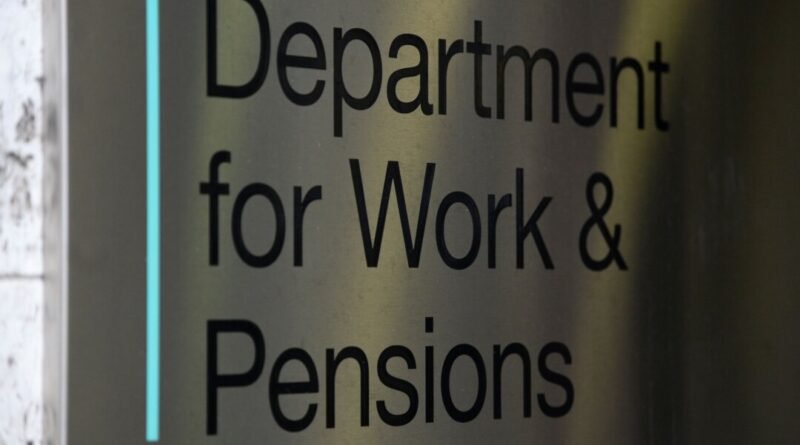Unprecedented Number of Children Receiving Disability Benefits for Autism and ADHD
Latest statistics indicate a 40% increase in parents claiming disability allowance for their children due to developmental disorders since 2019.
The number of parents claiming disability benefits for their children with developmental disorders like autism and ADHD has risen by nearly 40% compared to pre-lockdown levels, according to the latest data.
Currently, over 730,000 children under 18 are covered by Disability Living Allowance (DLA) claims, which provides financial support to parents caring for their children.
Boys are twice as likely as girls to have a DLA claim, with ADHD being three times more common in males under 18 than females.
DLA can provide significant financial assistance to parents, with the annual amount for children with common mental health conditions almost £3,800.
One in Nine
Recent data shows that one out of every nine children in the UK is considered to have a disability, although not all parents of these children successfully apply for DLA.
Experts have raised concerns about the potential overdiagnosis of autism, ADHD, and other mental health conditions in children and adults, leading to more parents seeking DLA support due to financial strains.
DLA claims for children with behavioral disorders have more than doubled to 182,000 since before the lockdown period, while claims for those with ADHD have increased by 20% to 72,500.
The number of parents receiving benefits for children with learning disabilities and neurodevelopmental conditions, particularly autism, has risen by almost a third since 2019, reaching 337,000.
Prior to the change in government, a DWP report projected that nearly a million children under 16 would be receiving DLA benefits by the end of the decade.
By 2028-2029, the number of parents claiming disability benefits for their children is expected to approach one million, equaling approximately one in every fourteen children, more than double the pre-2020 figures.
The most recent data suggests a faster increase in DLA claims for children than what the government had predicted.
Concerns about the growing benefits expenditure contributing to national debt have prompted Chancellor Rachel Reeves to make tough fiscal decisions in the upcoming Autumn budget, following Labour’s unexpected decision to revoke winter fuel payments for non-Pension Credit pensioners in July.
Reeves aims to address a £20 billion deficit in public finances.
Disability Payments Could Exceed £100 Billion
Forecasts from the DWP suggest that disability payment costs for individuals of all ages could reach £100 billion by the end of the decade.
As of February 2024, a total of 4.6 million adults and children in the UK were receiving Personal Independence Payment (PIP) or DLA benefits, marking a 390,000 increase from the previous year, excluding Scotland where policies differ.
Unlike unemployed individuals, adults on disability benefits are not required to actively seek work.
The transition of DLA claimants to PIP is ongoing, with children on DLA eligible to apply for PIP once they turn 16.
The Office for Budget Responsibility (OBR) previously noted that spending on disability benefits has risen significantly over the years, with projections indicating a further increase in total spending by 2028-2029.
The economic landscape in the UK has evolved since 2020, with 9.5 million adults not engaged in work or job-seeking activities, including individuals with disabilities and those in other non-working roles.
The previous government had outlined plans to reform the welfare system, including disability payments, by addressing fraud and enhancing assessment procedures.
It remains uncertain whether Labour will continue with the Conservative government’s welfare reform initiatives.





